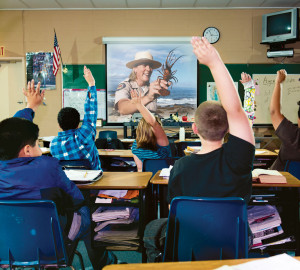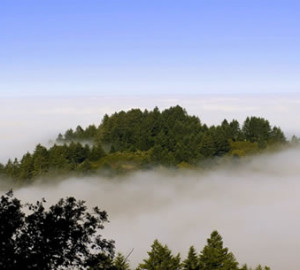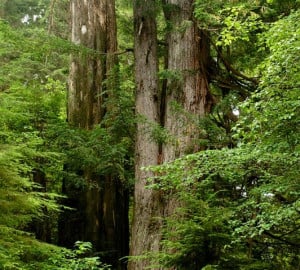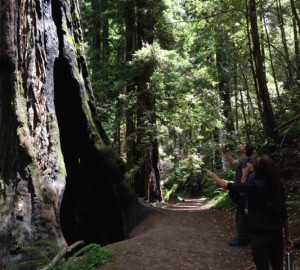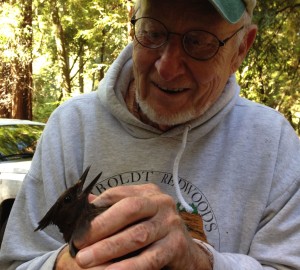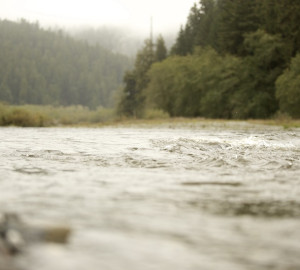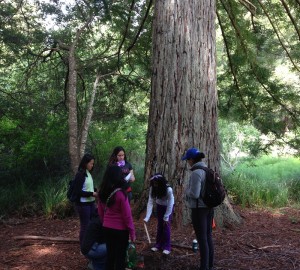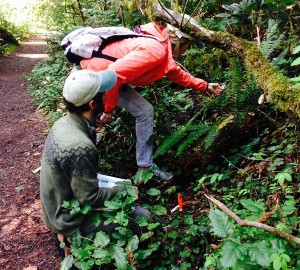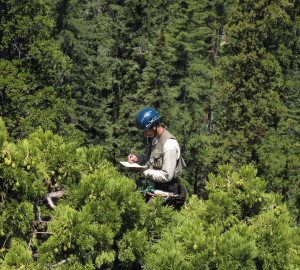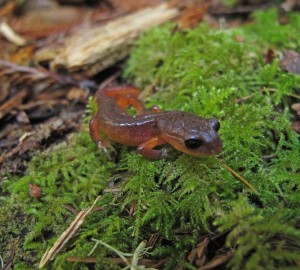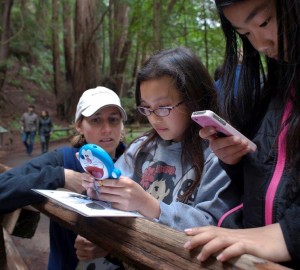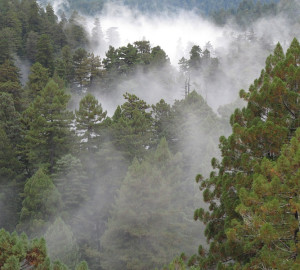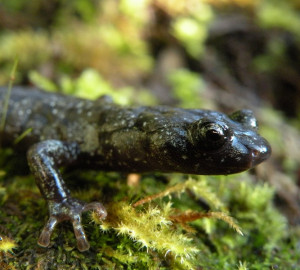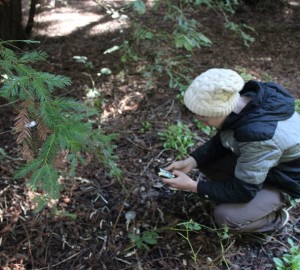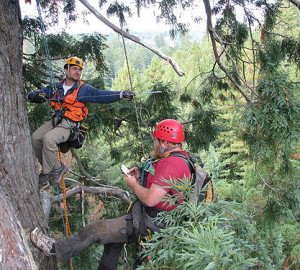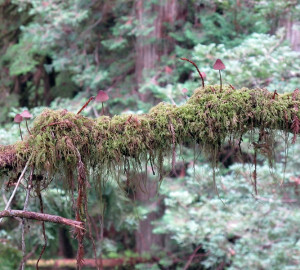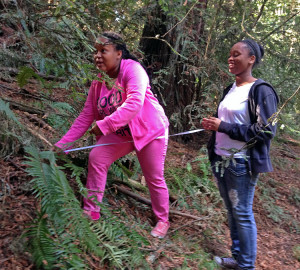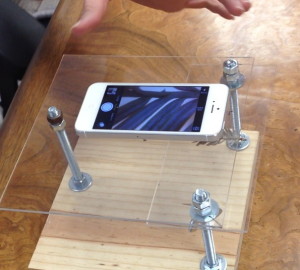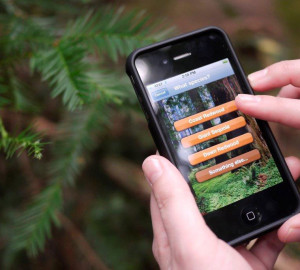Save the Redwoods League and California State Parks Bring the Giant Sequoia Forests of California into Classrooms Worldwide
onSave the Redwoods League and California State Parks have launched a new digital field trip that explores the challenges, including wildfires, facing our giant sequoia forests. Giant sequoia, the largest living trees on Earth, are found only in California’s Sierra Nevada. Their massive size, singular beauty, and rarity have made them living icons of the natural world and subjects of global fascination. The new giant sequoia program will air live through the Parks Online Resources for Teachers and Students program (PORTS).
